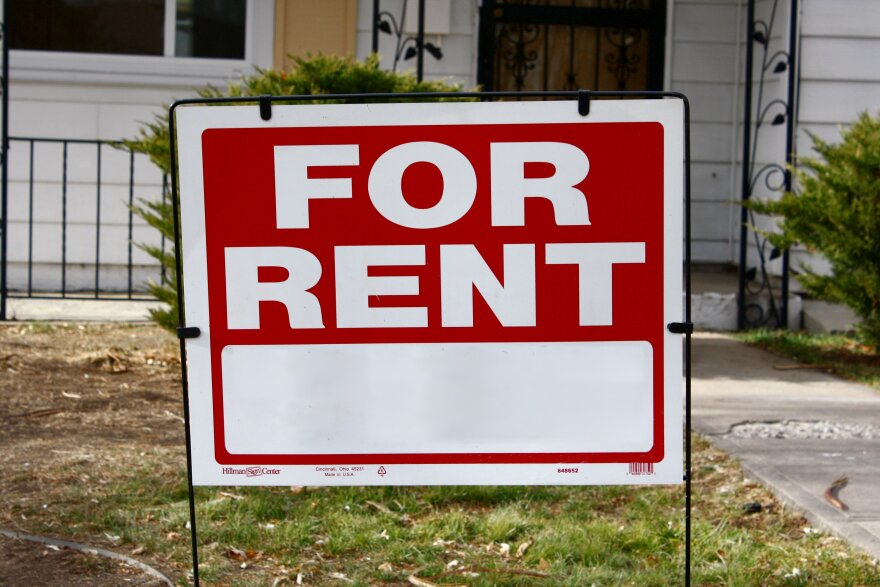Coconino County is the least affordable county in Arizona for renters. That’s according to an annual report from the National Low Income Housing Coalition.
In Flagstaff--the county’s main population base—there are about 29,000 homes, but only about 2,100 are set aside for low-income housing.
Combine that with an abnormally high number of renters, and you’ve got a housing shortage for renters, according to Andrew Aurand, Vice President of the National Low Income Housing Coalition. He spoke with KNAU’s Zac Ziegler about the latest report.
Zac Ziegler: Is there anything else besides a lack of housing that could cause Coconino County to rise notably above a statewide average?
Andrew Aurand: “I would say the lack of rental housing is definitely a problem and low wages as well. So what we see is that low-wage workers in the county really struggle to afford just a modest one-bedroom or two-bedroom apartment.”
ZZ: The county's major population base, Flagstaff, passed a law that bump’s the minimum wage up. Will that help the problem?
AA: “It would help. You know, in our report, we mention that a full-time worker needs to earn about $19.37 an hour to afford a to modest one bedroom apartment at fair market rent. Once the minimum wage goes to $15.50 an hour, that definitely helps, but it still doesn't reach the level high enough for the lowest wage worker to afford rental housing in the area.”
ZZ: So what happens to the people who are struggling to afford these rents in an area?
AA: “They're either spending a high proportion of their income on housing, like up to 70 or 80% of their income. That forces them to spend less on other necessities like food and health care and so it has significant health consequences. [And] significant mental health consequences, the stress of being in that type of financial situation. They also live in precarious housing situations in which one financial emergency or some lost work hours really put them at risk. Or they double up with friends or family in overcrowded housing. They choose to live farther away from their jobs maybe to an area that is more affordable, which has of course other consequences in terms of travel times and transportation costs.”
ZZ: “So let's get to the big question then, what's the solution?”
AA: We need a variety of solutions.First we of course need more federal resources for housing programs that serve low-wage workers and low-income families. And at the local level we need to find ways to make housing development more affordable, and we need to make sure that zoning allows for multi-family housing or for apartments. Many communities prevent apartment buildings, even small ones, from being built. And that course creates problems for a community that needs more rental housing.”
ZZ: “How much of an effect can local government have then if they do maybe take a pro-multi-family housing approach to this problem?”
AA: It can be. It can be part of the solution. So we need local zoning and local ordinances that allow for a variety of housing types to be built--single family homes, duplexes, apartment buildings--allowing that variety, particularly apartment buildings. But then the other piece is developing housing is still expensive. And the lowest income renters, what they can afford to pay in rent doesn't cover the cost of new development. And so there do need to be housing resources put into programs that help these lowest income renters.”








